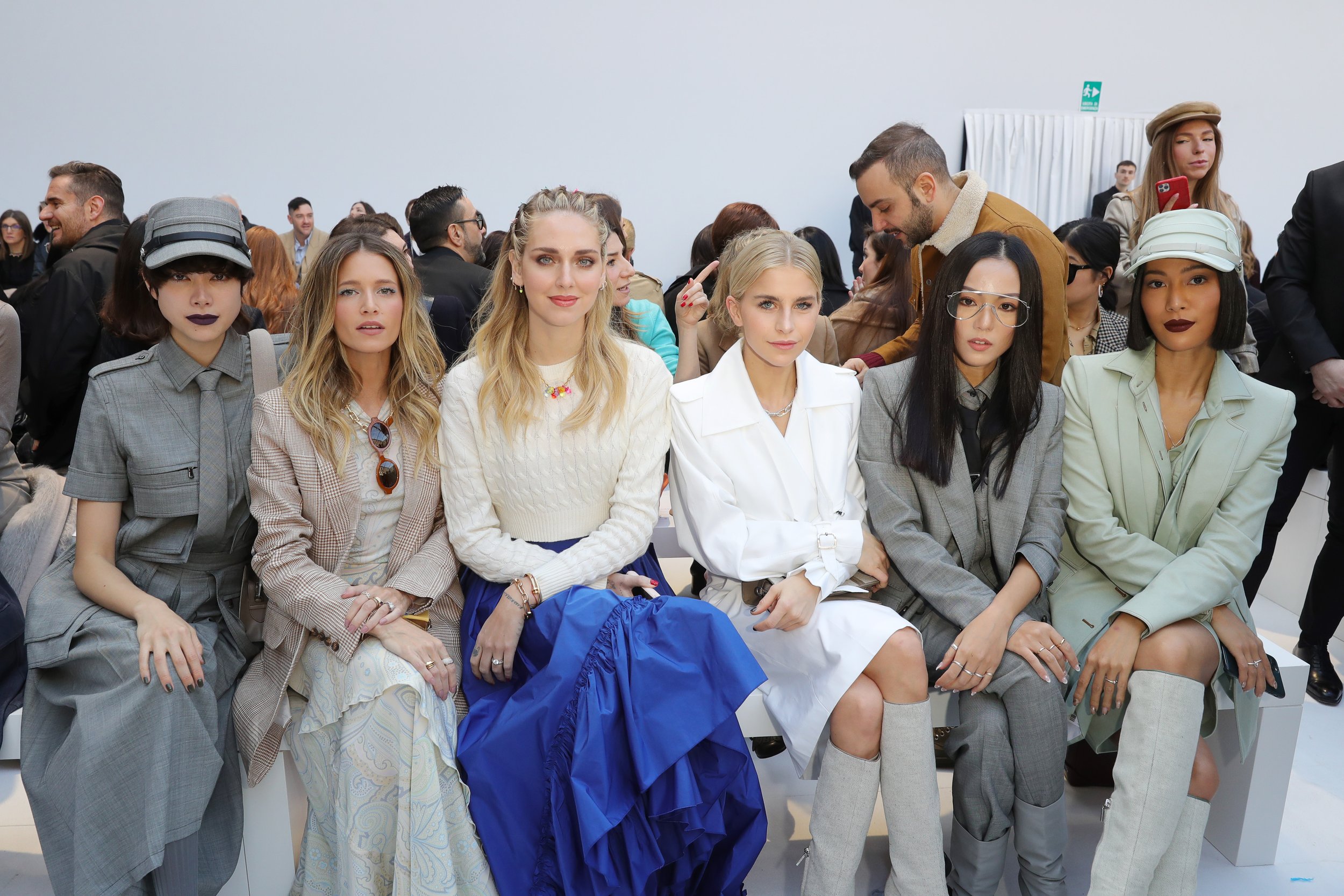Affluencers
How influencers became affluencers
Consider only in 2009, when Dolce & Gabbana decided to invite a group of fashion bloggers to sit in the front row at its Milan show, the fashion world was piqued. “Embarrassing” and “pathetic” were among the most common remarks.
They couldn’t have been more wrong. Today, these “bloggers” - now called “influencers”, or dubbed as “affluencers” are still in the front row. Because of the impact they are having on spending through Instagram, products are moving more effectively than they have ever moved before. When Aimee Song (4.7 million followers) collaborated with Gentle Monster, the sunglass collection sold out in 22 minutes. A Harvard Business School case study in 2015 estimated that Chiara Ferragni, a then law student in Milan had generated $10 million in revenue the previous year. Chiara today has a follower base (11.8 million) bigger than the population of Belgium.
Some brands strategically put their stock in micro-influencers (50k+ followers), who have a smaller reach but a deeper connection and a higher conversion rate. Affluencers say they offer “authenticity,” even after they become fully compensated players for brands. “My favorite influencers are the ones where you have a sense of their reality, where they are open and honest about who they are.” said Eva Chen, a former Teen Vogue editor and the current fashion director at Instagram.
Sources: New York Magazine - The Cut (February 8, 2018) | Harvard Business School (HBS Case Collection: The Blonde Salad) | Image: Vittorio Zunino Celotto/Getty


